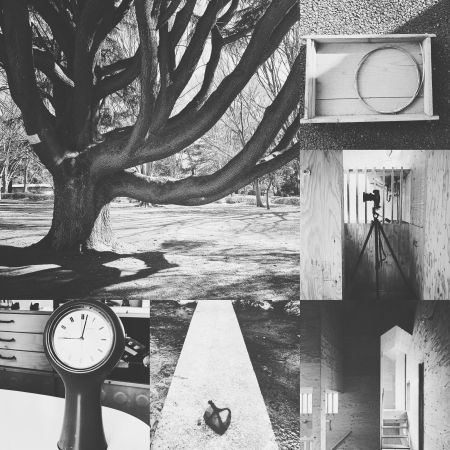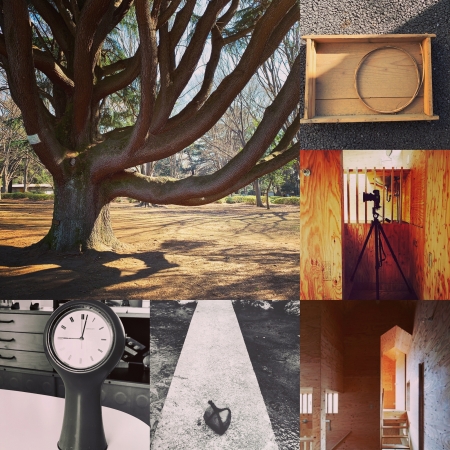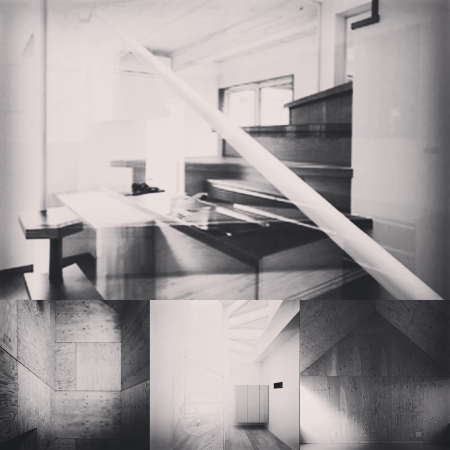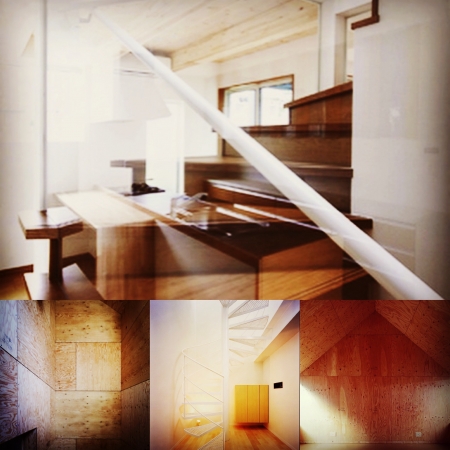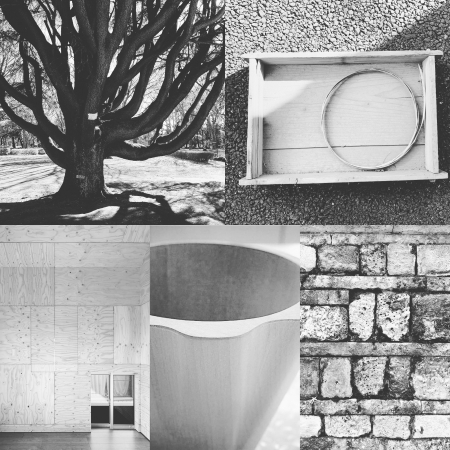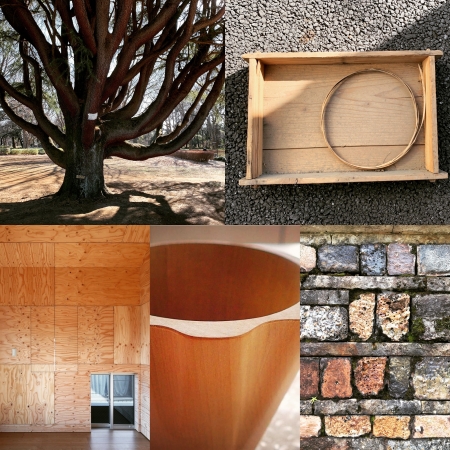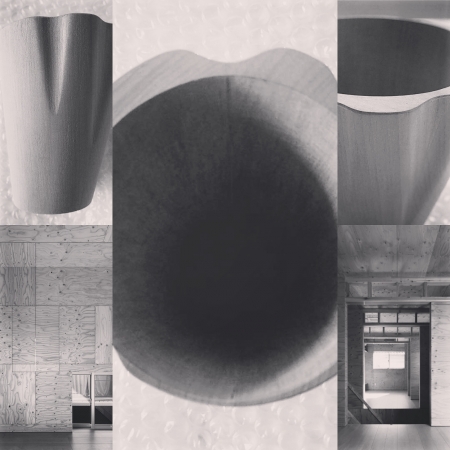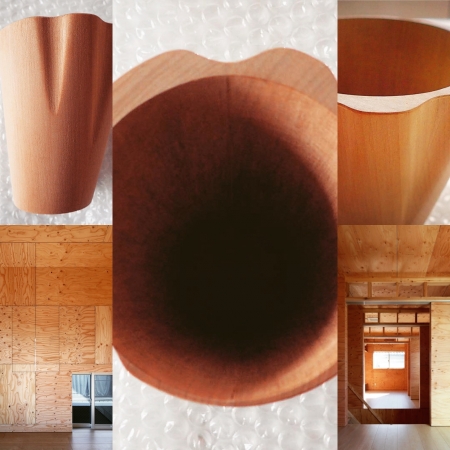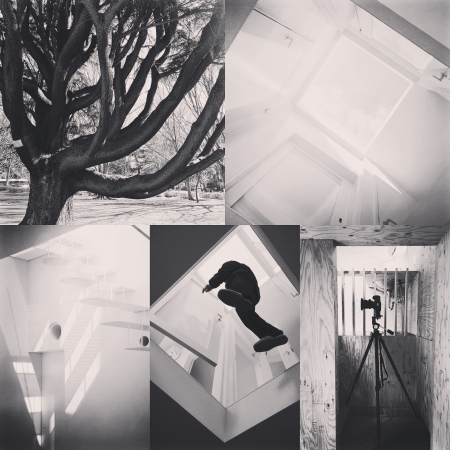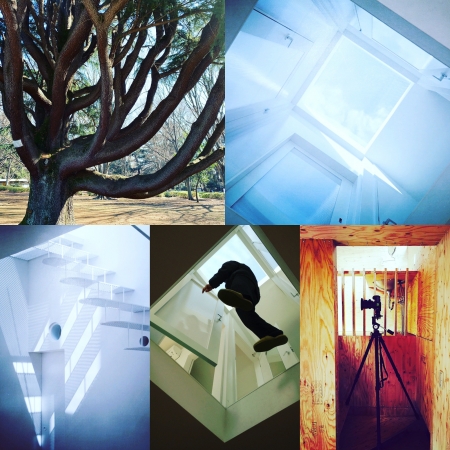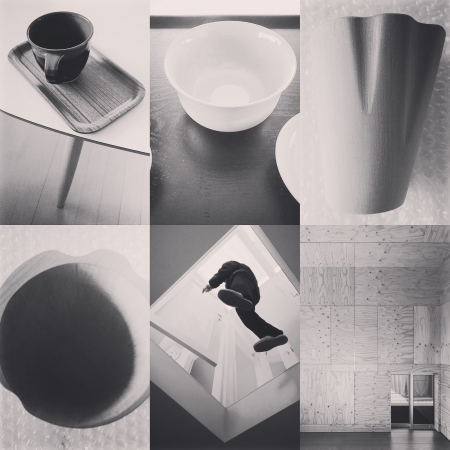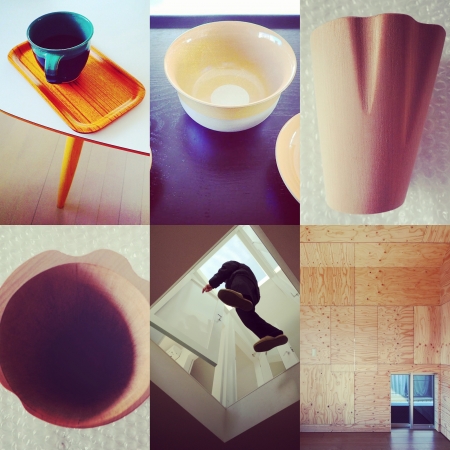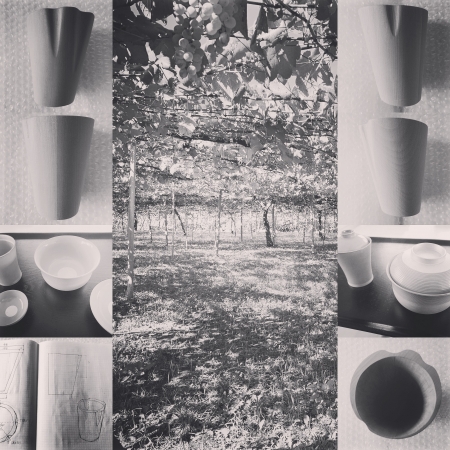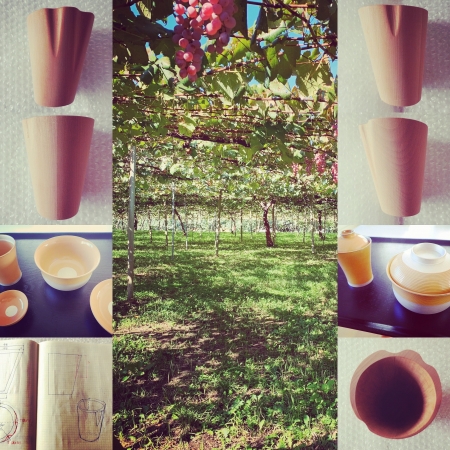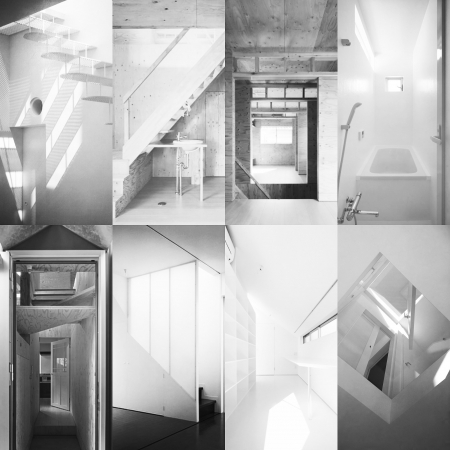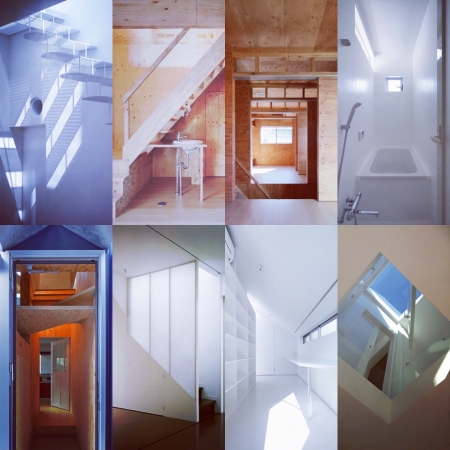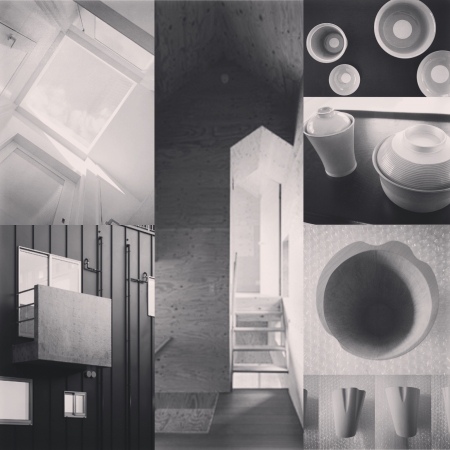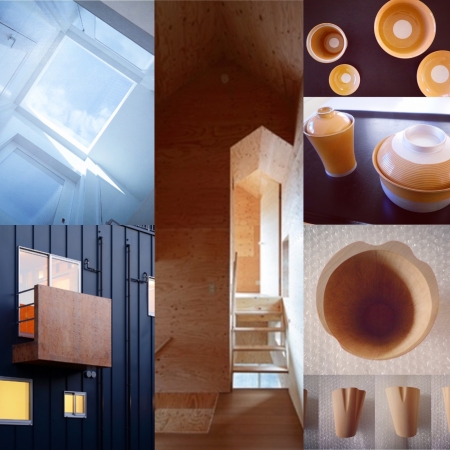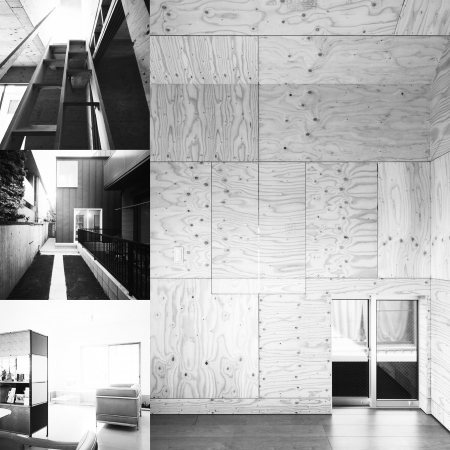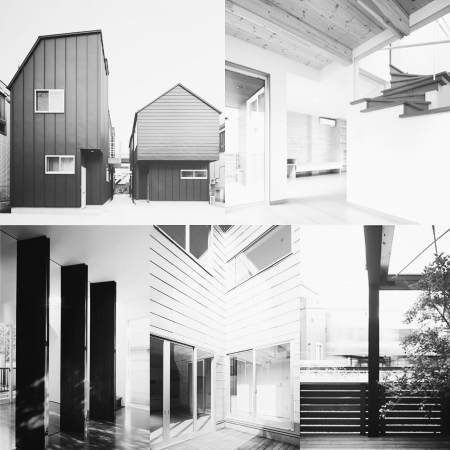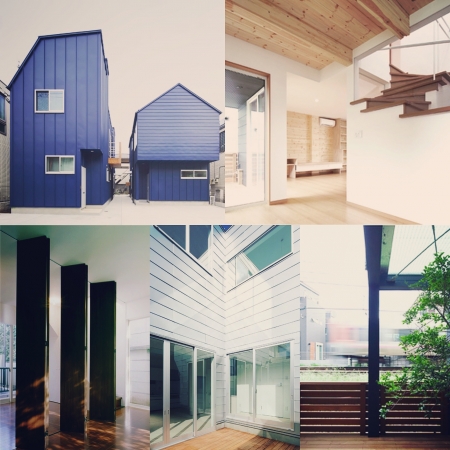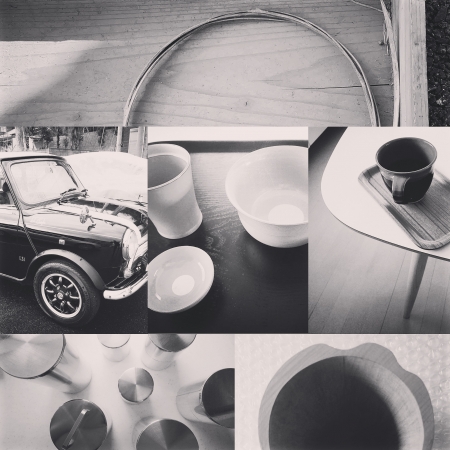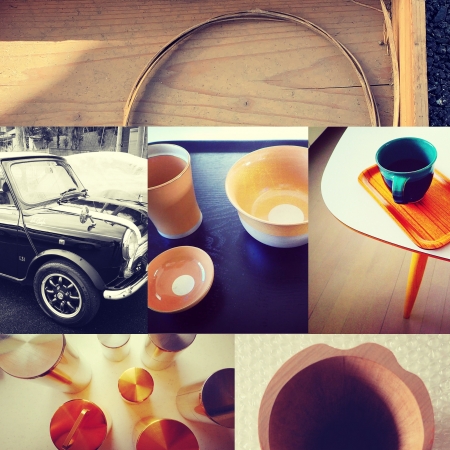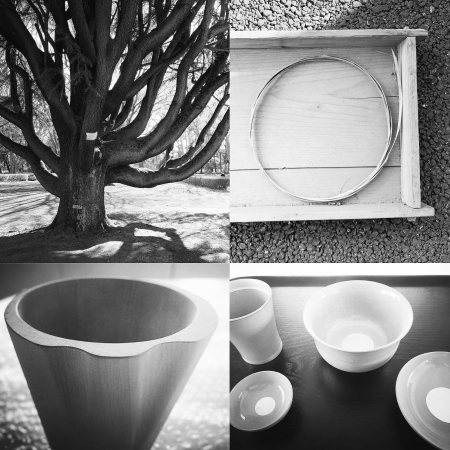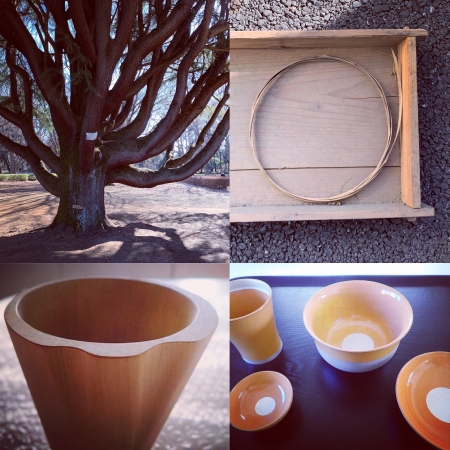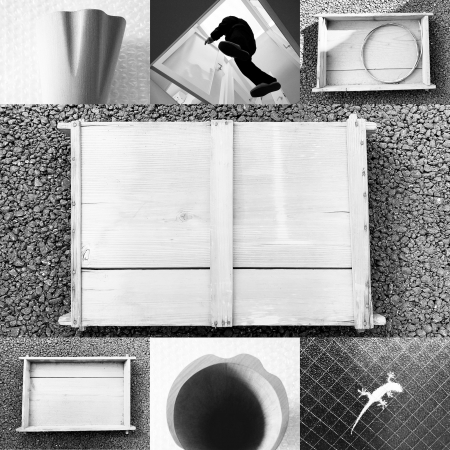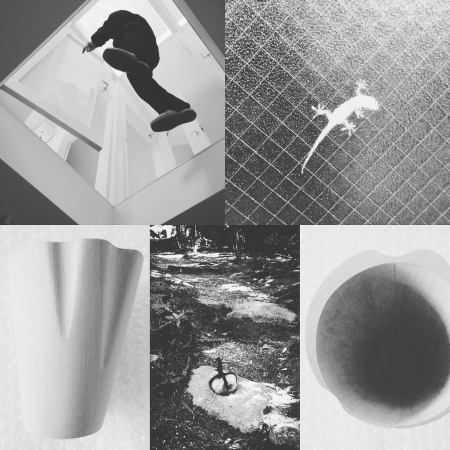今ここにいるつながり加減はデザイン
トリップしたいのは非日常を味わいたいから、いつもと違う体験がしたいからだと思うが、案外にも日常の延長でしか考えない場合も多いかもしれない。
非日常とは言えあまりにも日常とかけ離れていては現実味が無くなるから、かえって楽しめなくなるのかもしれない。
非日常の加減、度合いが大事になるが、それは今ここにいる自分をどれだけ想像できるかによると思う。今ここにいる自分とは、今ここにいることに自分とつながりがあり、そのつながりが自分のことのように思えるかである。
建築ならば、今いる空間につながっている自分を現実感を持って見ることができるかであり、そのつながり加減、度合いを調整することもデザインの範疇だと考えている。
"The connection that is here now is design"
I think that I want to trip because I want to experience extraordinary things, and I want to experience something different from usual, but unexpectedly, I may think only as an extension of my daily life.
Even if it is extraordinary, if it is too far from everyday life, it will be unrealistic, so it may not be enjoyable.
The degree of extraordinary adjustment is important, but I think it depends on how much you can imagine yourself here. I am here now, and I have a connection with myself to be here now, and that connection seems to be me.
In the case of architecture, it is possible to see yourself connected to the space you are in with a sense of reality, and I think that adjusting the degree and degree of that connection is also a category of design.

